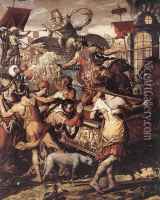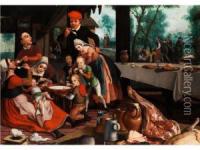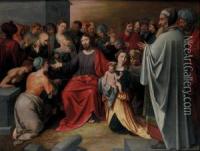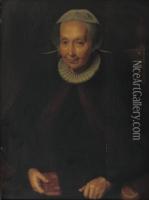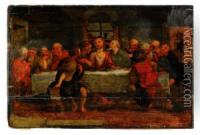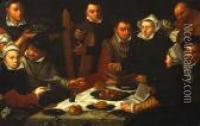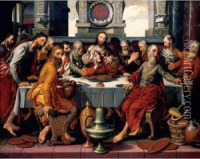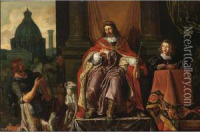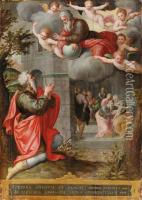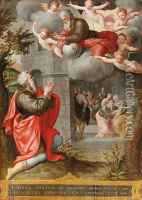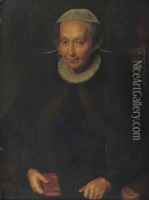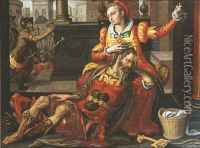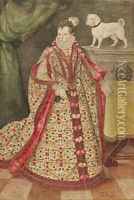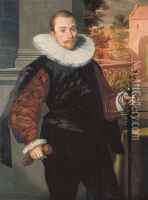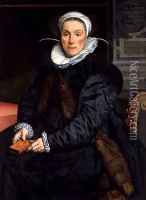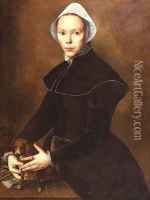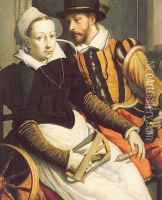Pieter Pietersz Paintings
Pieter Pietersz, also known as Pieter Pietersz the Elder to distinguish him from his son, was a Dutch Renaissance painter born in 1540 in Antwerp, which was then part of the Habsburg Netherlands. He is not to be confused with Pieter Pietersz Lastman, who was a later artist and the teacher of Rembrandt. Pietersz the Elder moved to Amsterdam and became an influential artist in the city's burgeoning art scene.
Pietersz's work is characterized by its careful attention to detail and the influence of Italian Renaissance artists, which he likely absorbed due to the Italianate trend prevalent in Northern Europe during his time. His paintings often depicted religious scenes and were marked by a clear narrative style and the use of bright colors. Pietersz was adept at portraying both the human figure and architectural backdrops, creating a sense of depth and realism in his compositions.
During his career, Pietersz became a respected member of the Guild of St. Luke, a common association for painters and other artists. His influence extended beyond his own work, as he taught and guided other artists, including his son, Pieter Pietersz the Younger, who also became a well-known painter.
Pieter Pietersz the Elder's contributions to Dutch painting helped pave the way for the Dutch Golden Age of art, which would come to fruition in the 17th century with artists like Rembrandt and Vermeer. He passed away in 1603 in Amsterdam, leaving a lasting legacy in the Dutch art world.
